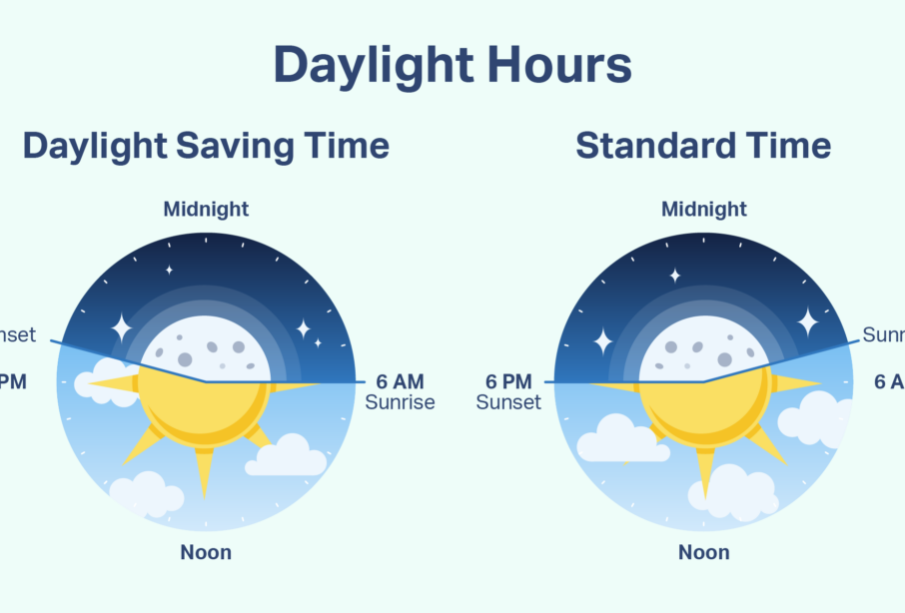Understanding Daylight Saving Time 2025 in Canada

Introduction
Daylight Saving Time (DST) is a practice observed in many parts of the world, including Canada, where clocks are set forward by one hour in spring and set back in autumn. The relevance of DST lies in its ability to make better use of daylight during the longer days of summer. As we look ahead to 2025, understanding the system’s operation can help Canadians prepare for the changes it brings.
What Is Daylight Saving Time?
Daylight Saving Time begins on the second Sunday in March and ends on the first Sunday in November in most provinces. In 2025, DST will start on March 9 and end on November 2. The practice aims to shift an hour of daylight from the morning to the evening, which purportedly leads to energy savings and increased opportunities for recreational activities.
Current Debates Surrounding DST
In recent years, there has been ongoing debate regarding the necessity and efficiency of DST. Many argue that it causes disruptions to sleep patterns and productivity. Some provinces, like Saskatchewan and parts of British Columbia, have opted out or are considering alterations to the traditional timing of DST. A bill proposing permanent Daylight Saving Time was discussed in various regions, signaling a shift in public opinion.
Impact on Daily Life
As we approach the 2025 DST dates, Canadians should understand how these changes affect daily life. Adjusting schedules and routines can be challenging, especially for those with strict work hours or for families with school-aged children. Businesses and public services also recalibrate their operational hours, which may lead to brief disruptions during the transitions.
Conclusion
Daylight Saving Time remains an essential part of life for many Canadians, and the upcoming dates in 2025 will continue to influence how individuals plan their activities. While some are advocating for permanent DST, it remains to be seen whether this change will gain traction. As discussions continue, it’s crucial for Canadians to stay informed about the advancements and consequences of this biannual event. Increased awareness can enhance adaptability and mitigate any negative impacts associated with the time shifts.









